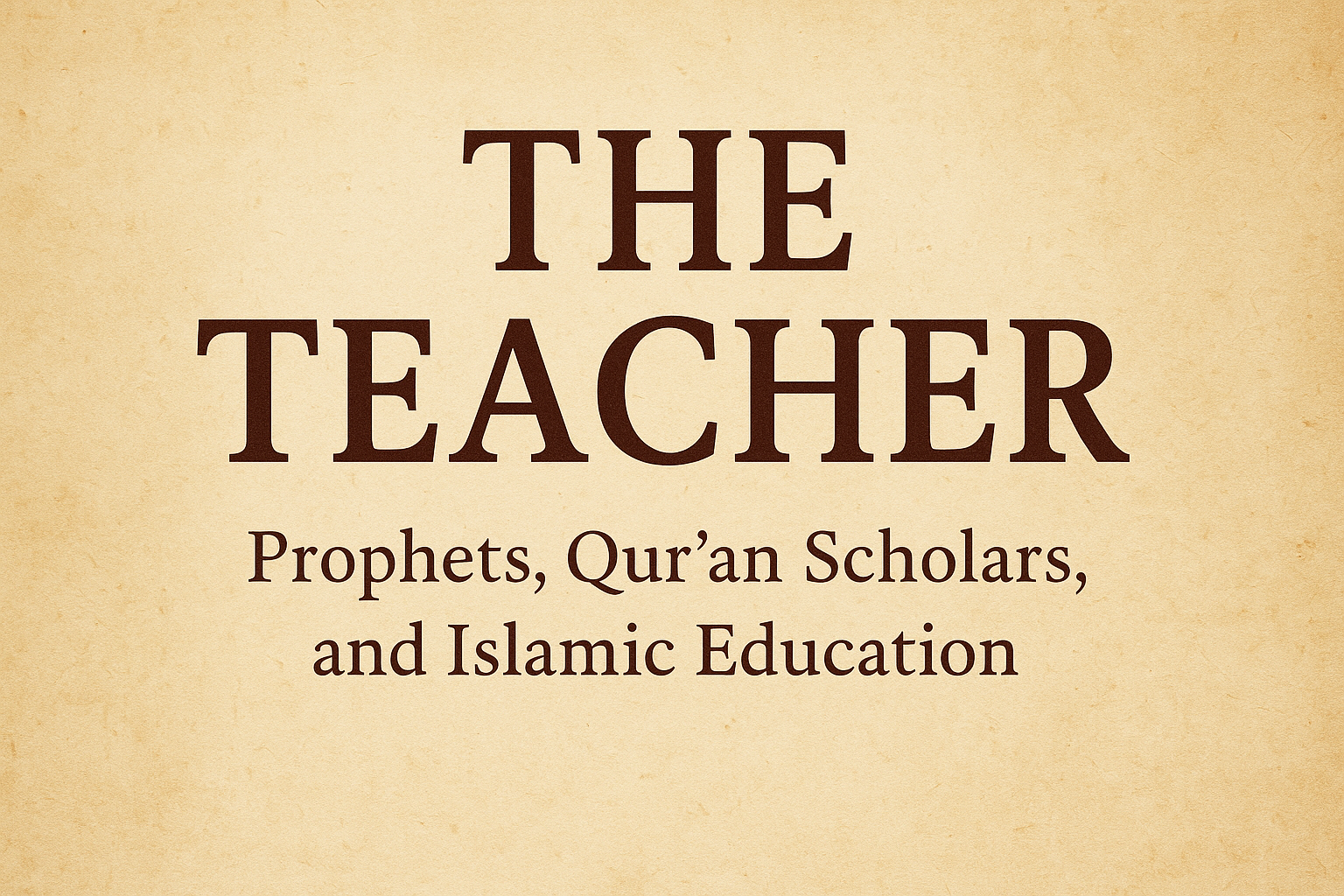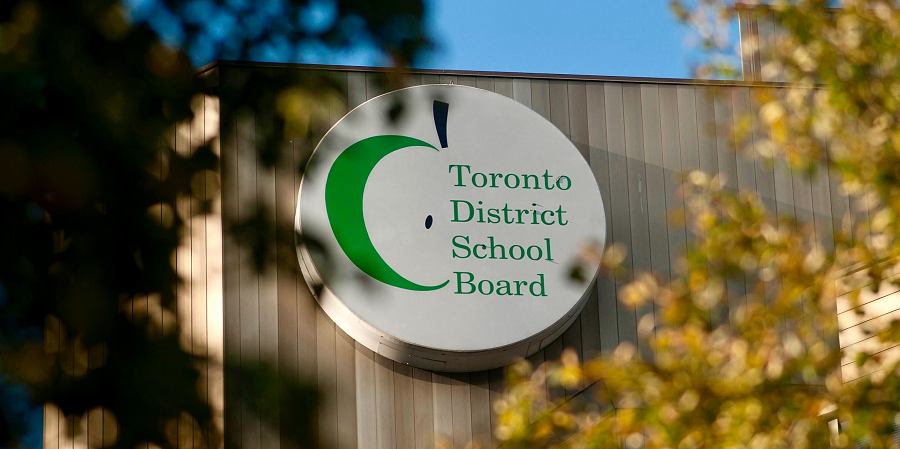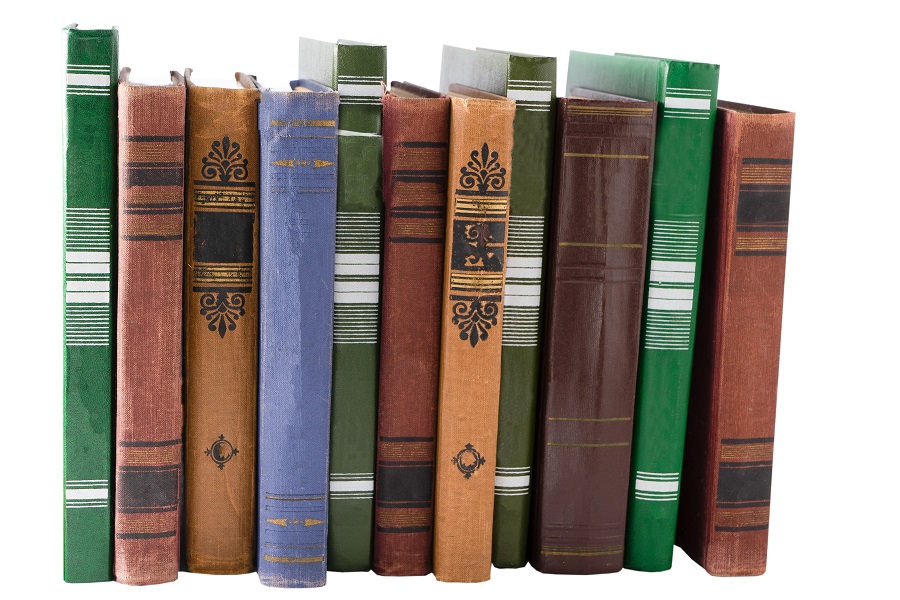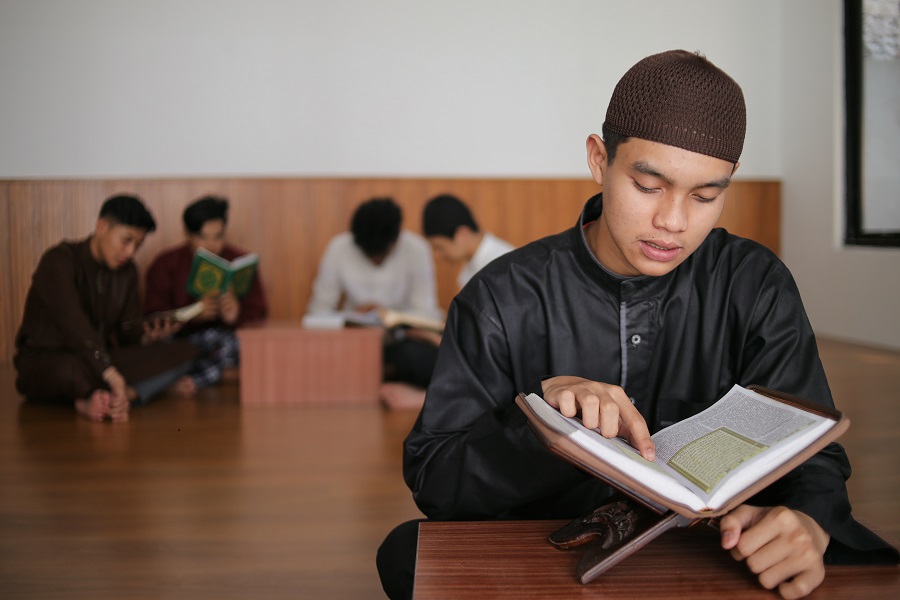
Madrasa 14: Sir Syed Ahmed Khan and Aligarh
-
Alternate Education
- at 22 June 2012
SYED JAWED ANWAR
First Published: Muslims Weekly, New York, July 30, 2004, Issue No.#230
DURING the complete destruction and occupation of India under British rule in 1857, over 7,000 Muslim scholars and educationists were executed, and the rest were deported or forced to leave. This left an abnormal situation in which to revive the Muslim education system. The only alternative for remaining Muslims was to adjust and compromise as they accepted the harsh reality that Muslims were eliminated from government, politics, business, and education and that the Muslims of greatest genius and enlightenment were gone. The only Muslims left were those of mediocre intelligence, and, to survive, they had to reconcile their faith and ideals with the new situation into which they were thrust.
Two groups emerged under the new circumstances. The first group advocated the adoption of the Western education system with the addition of the subject of Deeniat (Islamic basics) and the development of residential institutions where Muslim students could be trained in the Islamic way. However, the main purpose of the education was to prepare students for getting jobs in the new system and to be acceptable to the new rulers.
The leader of the group was Sir Syed Ahmed Khan (1234H/1818A-1315H/1898A), founder of Aligarh Anglo Oriental College (grown up Aligarh Muslim University in 1920).
The second group believed that Muslims should be apart from this world of politics and business and develop institutions that could continuously produce Imams of the Masajid and Mudarris (teachers) of the Madrasah, and that Muslims should restrict their roles to religious affairs and leave the worldly affairs for others. This group’s main concern was to protect the intellectual work of their Islaaf (ancestors). (I will write about this group in the next column.)
In India, when Muslims and their states became weaker, a group of elite people started a relationship with the British East India Company. Sir Syed Ahmed Khan belonged to an elite group who had a good relationship with the East India Company and British. Sir Syed’s grandfather (maternal), Khawja Fareeduddin, obtained employment with the East India Company. Sir Syed started his career with employment in the East India Company in 1839. His book Aasaar As Sanadid (Monuments of the Great), written in 1847, was about the landmark buildings of Delhi. It was dedicated to the Company’s Resident in Delhi (against the tradition) instead of to the Muslim Mughal Emperor. One chapter of his book was about the life of Syed Ahmed Shaheed and Maulvi Muhammad Ismail Shaheed, who were Mujahideen (great freedom fighters) and were martyred. The chapter was obviously disliked by British officials because they wanted to keep Muslims ignorant about their Mujahideen and their freedom struggles. In the second edition of the book, published in 1854, Sir Syed Ahmed Khan deleted the whole chapter to please his masters. As indicated by the change in the book, the author’s mindset was for the benefit and progress of the East India Company. In the mutiny, revolt, and last freedom struggle from Muslims in 1857, Sir Syed Ahmed Khan, risking his own life, saved the lives of various British occupying forces . When the revolt was crushed by force, Sir Syed’s image was multiplied in the eyes of the Company government; however, the government retaliated by destroying the Muslim society completely. Sir Syed was shocked. He was deeply concerned about the nation and committed himself to pro-action. He wrote, “What was the revolt? It was started by Hindus, but they protected themselves and became clean like taking a bath from the Ganga [a river of religious significance for Hindus], but all the families of Muslims were destroyed.”
He became so grieved that, even at his young age, he looked like an old man. After deep thinking, he outlined his strategy and came up with a solution. He decided first to improve the economic standard of the Muslim society and make Muslims respectable. First he had to cool down the ruler’s anger and develop a good relationship between government and Muslims. He tried his best to play a middleman between Muslims and British government officials and clear the misunderstanding and mistrust. It was such a time that even a Brit could not speak in favor of Muslims, but Sir Syed bravely spoke out in favor of Muslims. He was an iron man crossing all hurdles. He lived forty years after the mutiny and spent every moment advancing toward his goal. He succeeded in calming the anger of the ruler and in convincing Muslims to get a Western education.
He wrote another book, Asbaab e Baghawat Hind (The Causes of the Indian Revolt), which was appreciated by the British Government in London, and this book paved the way to reject the extremist point of view of British against Muslims of India. He started publishing a journal Loyal Mohammedans of India in which he published stories of Muslims who, risking their own life and safety, saved the lives of British. Only a few issues of this journal were published; however, it helped to some extent to change the image of Muslims in the eyes of British.
British didn’t like being called the Muslim word “Nasara,” but Sir Syed explained that the word “Nasara” is not a derogatory word. William Hunter wrote a book Hindustani Musalman, in which he tried to prove that Muslims, particularly Wahhabis, were bound to revolt against British rule according to their beliefs and could never be loyal citizens. Sir Syed Ahmed Khan criticized and rejected this viewpoint and wrote a review, “Hunter on Hunter,” and proved that all Muslims, including Wahhabis, are loyal. Sir Syed Ahmed Khan wrote Tabayyin ul Kalam, a book in which he presented a comparative study of religion. On each page of the book were three columns presenting the texts of the Qur’an, Bible, and Torah. It was difficult and extremely laborious work never before attempted. The Christian authors in general appreciated his effort.
Sir William Muir, Governor of UP, wrote a blasphemous book on Prophet Muhammad (s.a.w.). Sir Syed Ahmed Khan, extremely disturbed after reading the book, responded with the book Khutabat e Ahmadiya. He traveled to London and used the Western research method in refuting the polemics of Muir. He also managed to translate the book and publish it in English.
For twelve years, Sir Syed Ahmed Khan tried to build an atmosphere in which Muslims could live without persecution. However, in clarifying the misconception and bridging the gap, he also distorted several teachings of Islam and disagreed with the clear-cut authentic ahadith. In several matters of life, he made his own and deviated point of view of Islam. However, by considering the fact that he was the product of extremely unfavorable circumstances and was extremely serious and committed about the community, his shortcomings should be forgiven. It must be said without doubt that his services to the community were extraordinary in an extraordinary situation.
His son Syed Mahmood got a government scholarship to study in London. Sir Syed Ahmed Khan took a long vacation in April 1869 and joined him in the journey to see and learnEnglandand also to collect the contents to write a book to refute William Muir. He also planned to build a university for Muslims inIndia. He studied theCambridgeUniversityin detail and designed his own details to build a university inIndia. He brought various syllabus and non-syllabus books and teaching materials.
In England, Sir Syed Ahmed Khan was welcomed and got more praise and respect than he ever expected. No Indian had ever been praised and welcomed like Sir Syed. Duke of Argyl, in a celebration on August 16, 1869, awarded him as CSI and presented a shield. Royal Queen Victoria by herself met him on November 6, 1869. The Queen’s eldest son Prince of Wales also met him separately. The Royal Asiatic Society of London gave him fellowship. A club of intellectuals and highly learned people, Athenium Club, gave him honorary membership. These favors, awards, and honors tremendously influenced the heart and mind of Sir Syed Ahmed Khan. When he returned back to India in 1870, he was a completely changed person. One can imagine his mental situation by his saying, “All the best qualities, whether worldly or heavenly (Deeni), which should be in a human being, has been given by Allah to Europe, particularly England.”
Sir Syed Khan established Aligarh Mohammedan Anglo Oriental Collage in Aligarh, U.P., India, on May 24, 1875, the birthday of Royal Highness Queen Victoria. The Viceroy Robert Bulwer-Lytton, on returning from Delhi to Calcutta on January 8, 1877, placed the foundation stone of the building. In the beginning, it was affiliated with Calcutta University (which covers all north India including Punjab). This A.M.A.O. College became a university in 1920, named Aligarh Muslim University). Internal administration of the college was on the pattern of public school Rugby, Eton, and Harrow of England. Extra curricular activities were more emphasized like Oxford and Cambridge. The principal of the college and several important faculties were always British. The principal was not only independent in the educational affairs but was also a guide in political and social affairs implemented by Sir Syed. The British rulers took special interest and visited the college frequently. They always gave heavy funds and scholarships to the college. In the next hundred years of British occupation, no other college got so much attention and interest of the government likeAligarh. This college opened the door of the government employment mainly clerical on Muslims. The teachers and principals were very influential people, and they always helped their students get jobs. Now the Muslim youth had only one purpose of life: “Compete with Hindus in Economic Life.” Their motto was, “Jo Tum Karo Ge, Hum Karen Ge” (“What you will do, I will do the same”). This purpose of life and ambition has continued till now.
The group of people claiming to be agents of Allah on this earth (Khaleefatullah Fil Ardh) to lead the nations to the right path, were now satisfied just to get bread twice a day. In the Muslim heartlands, as in the West, the difference between humans and animals was diminished. From the very beginning, Aligarh College had a political agenda. In his speech to the Students Union Club on August 26, 1884, Sir Syed explained his political agenda: “If you (the audience) want to promote a better education in our communities, then the best strategy is to join ‘Crescent’ and ‘Cross’ together. Several British and Indian friends think that it is impossible. However, I am positive that these will merge like this” (and he showed pictorially the merger of cross and crescent).
From this speech, one can ascertain that the purpose of the Aligarh College was to make Muslims good friends with the British and provide assistance in their governance and to accept the occupation forever. However, Aligarh Education movement made a great impact on Muslim India, and a chain of Islamia Schools and Islamia Colleges was formed all over India in the pattern of Aligarh. Presently, whatever the mindset of Muslims of India, Pakistan, and Bangladesh had is the impact of Aligarh. This movement promoted the Western concept of nationalism. Neo Muslim nationalists emerged in the Islamic world. Indian nationalism, Pakistani nationalism, Bengali nationalism, Turk nationalism, and Arab nationalism are only the byproducts of Muslim nationalism. Like a mad dog bite of Western education, they became crazy over nationalism. Muslims were always encouraged to strive in the name of Allah (s.t.) and Rasool (s.a.w.). Sir Syed was the first person who invited the Muslims in the name of “nation.” (In Arabic, Qaum was used as a group of people; Sir Syed used it as a nation, in a Western meaning.)
Sir Syed wanted to induct the Islamic education with Western education, but his meaning of Islamic education was just the introductory education, praying, and fasting. He appointed a Peshe Namaaz (Imam) in every hostel in the pattern of Cambridge University. The religious Fathers of the hostels of Cambridge were highly educated and respectable persons; however, Aligarh’s Muslim Imams were ignorant and were always a laughingstock of students.
Sir Syed was not in favor of deep knowledge and understanding of Islam as a way of life and as a solution of the modern world’s problems. The fear of Allah, high character, justice and righteousness were the integral values of the Islamic education system. Muslim educational institution’s environment was echoed with the teachings of Imam Abu Hanifa, Imam Bukhari, Sheikh Abdul Qadir Jilani, Imam Ghazali, and others. The new education system under the leadership of Sir Syed brought selfishness, hypocrisy, and manipulations. They divided the education system and divided the educated groups into Misters and Mullahs. According to Akbar Allahabadi, “Dil Badal Jayen ge Taleem Badal Jaane Se” (“Heart will change with the change of education”).
Aligarh education movement changed the heart and mind of the Muslim intelligentsia of the Indian subcontinent. The formation of Pakistan may be one of their success stories (for those who believe it as a success story) inspired by the Western concepts of nationalism. This group still controls and rules Pakistan. The Pakistani nation was divided again in 1971 in the name of Bengali nationalism . If this “Islamic” Western (Aligarh style) educated group of people continues to rule over Pakistan, it will break into pieces. The division, selfishness, and corruption are deep rooted in this education system. Now, you can find people who never went to college and university more honest and honored than the educated people of this system. Unfortunately, most of the present efforts from the Muslims all over the world in the education field are more or less Aligarh style (secular, Western education with old patch-ups of Islam).
At the end, by the looking to the products of his own institution, Sir Syed realized his mistakes. In his speech in April 1894, in Jalandhar, he said, “My dear friends! Our education will be our own when we will be independent from the universities (Calcutta and Allahabad) and we will control our own education. And we will promote education in our nation after getting freedom from these universities. Philosophy will be in our right hand, Natural Science will be in our left hand, and the crown of Lailaha Illallah Muhammad ur Rasoolallah (Islam) will be on our head. The education of universities is making our students donkeys.” He died four years after his speech, and Aligarh College turned into university in next 25 years. Nothing has changed, and no efforts were ever made to change after getting the "freedom from the universities". If Sir Syed were alive, only Allah knows what would be his next course of action.
Aligarh corrupted and polluted the Muslim education system. Any effort to follow this education system in the Muslim society is disastrous and a criminal act. It will only increase “donkeys” (in Sir Syed’s own word) in our society.
(This is a series of columns for the understanding of the history of centuries old Madrasa and Islamic Education System in South Asian perspective published in the Muslims Weekly, New York, USA, in series of the weekly column “Personal Notes.” Syed Jawed Anwar can be reached at jawed@seerahwest.com)
Recent posts
-

The Teacher -1
16 September 2025 -

A Call to Slash Wasteful Spending in Ontario Public Schools and End Ideological Indoctrination
04 September 2025 -

The Priorities of Education
19 August 2025 -

The Purpose and Objective of Education
12 August 2025 -

Embracing Autism is Embracing Your Child
07 August 2025 -

How to Start a Private School in Ontario, Canada
04 August 2025
